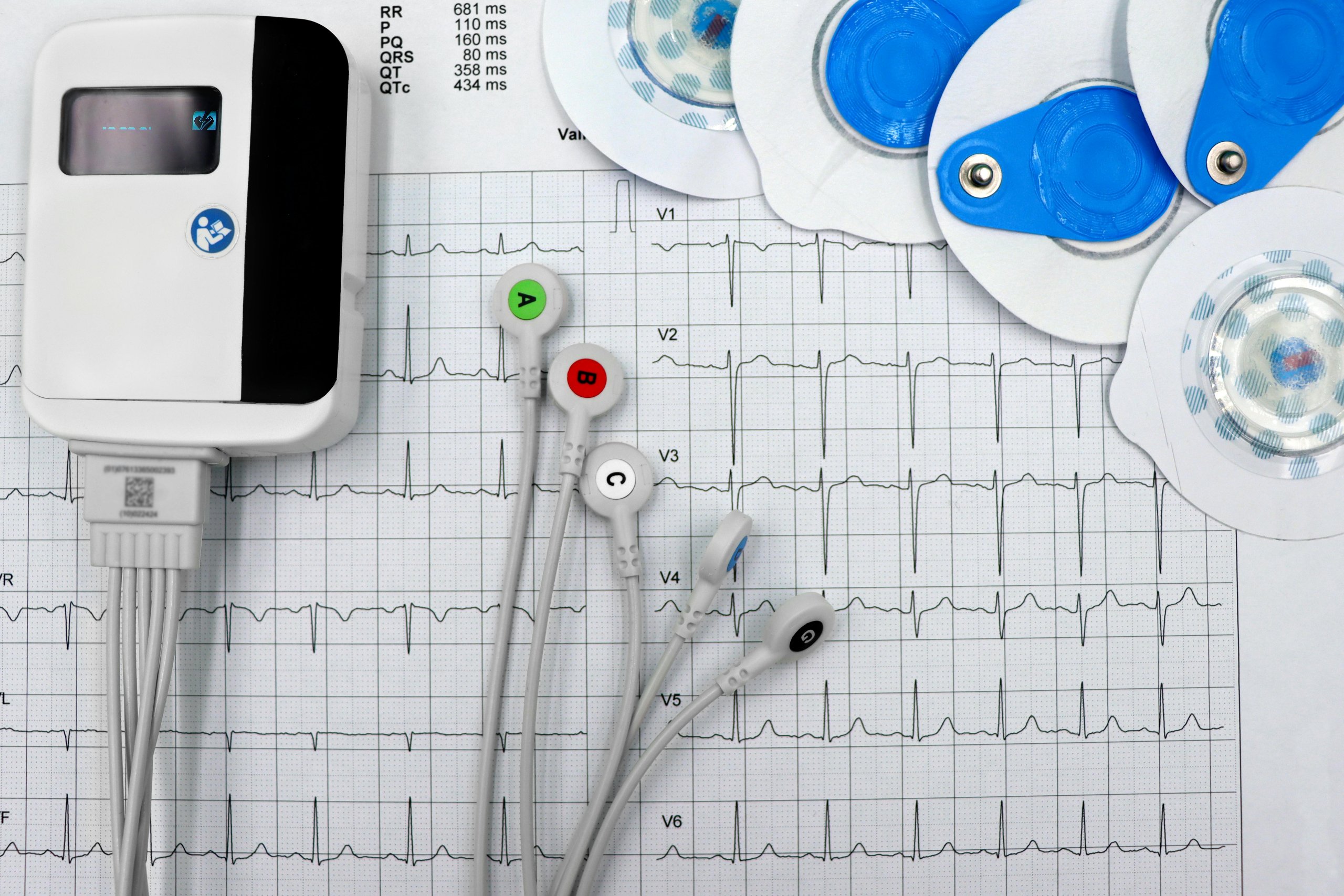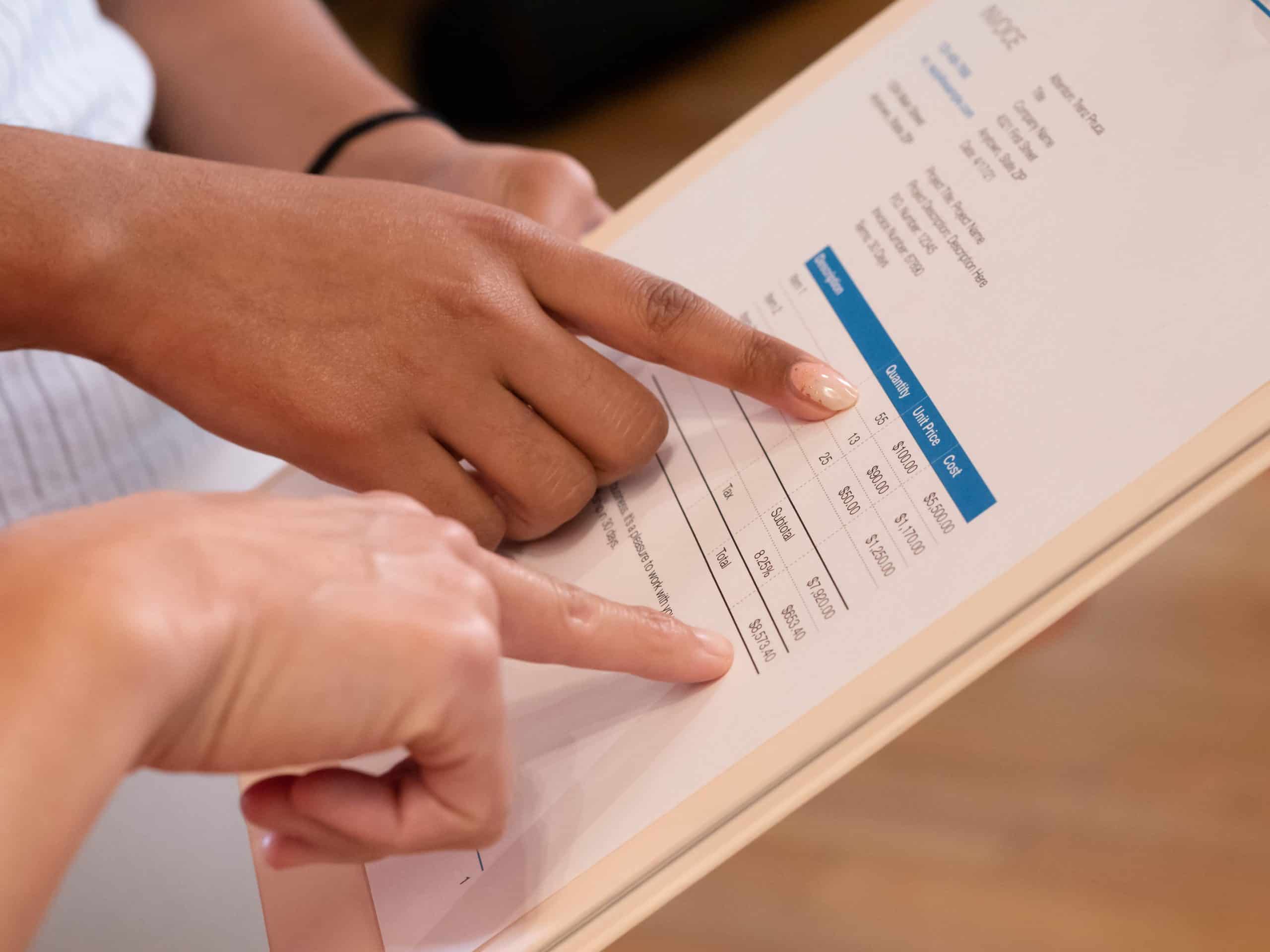Mastering Cardiac Device Interrogation Billing: The Ultimate Guide for Maximum Reimbursement
Introduction
Cardiac device interrogation billing represents one of the most complex and frequently changing areas in cardiology medical billing. As implantable cardiac devices become increasingly sophisticated, practices face growing challenges in properly documenting, coding, and billing for these essential monitoring services. Mastering cardiac device interrogation billing is critical for cardiology practices seeking to maximize reimbursement while maintaining compliance with evolving regulations.
According to the Heart Rhythm Society, practices that implement systematic approaches to cardiac device interrogation billing experience up to 28% fewer claim denials and achieve significantly higher reimbursement rates than those without specialized billing protocols.
Understanding Cardiac Device Interrogation
Cardiac device interrogation involves the electronic evaluation of implanted cardiac devices, including pacemakers, implantable cardioverter-defibrillators (ICDs), implantable loop recorders, and cardiac resynchronization therapy devices. These evaluations may occur in person at a healthcare facility or remotely via specialized monitoring systems.
Effective cardiac device interrogation billing requires understanding the distinctions between different types of interrogations, the documentation requirements for each, and the specific coding guidelines that apply to various clinical scenarios.
CPT Code Selection for Pacemaker Interrogation
Selecting the appropriate CPT codes represents the foundation of successful cardiac device interrogation billing. The primary code families for device interrogation include:
In-Person Pacemaker Interrogation Codes
- 93288: Interrogation device evaluation (in person) with analysis, review and report by a physician or other qualified health care professional, includes connection, recording and disconnection per patient encounter; single, dual, or multiple lead pacemaker system
- 93279: Programming device evaluation (in person) with iterative adjustment of the implantable device to test the function of the device and select optimal permanent programmed values with analysis, review and report by a physician or other qualified health care professional; single lead pacemaker system
- 93280: Dual lead pacemaker system
- 93281: Multiple lead pacemaker system
When documenting in-person pacemaker interrogations, specificity is crucial. According to CMS guidelines, documentation must clearly distinguish between simple interrogation (93288) and programming (93279-93281) to justify the appropriate code selection.
Remote Pacemaker Interrogation Codes
- 93294: Interrogation device evaluation(s) (remote), up to 90 days; single, dual, or multiple lead pacemaker system with interim analysis, review(s) and report(s) by a physician or other qualified health care professional
- 93296: Interrogation device evaluation(s) (remote), up to 90 days; single, dual, or multiple lead pacemaker system or implantable defibrillator system, remote data acquisition(s), receipt of transmissions and technician review, technical support and distribution of results
For more detailed information on remote cardiac monitoring, explore our guide on remote cardiac monitoring reimbursement.
ICD Device Check: Remote vs. In-Person Billing Differences
Cardiac device interrogation billing varies significantly between remote and in-person ICD device checks. Understanding these differences is essential for appropriate coding and maximum reimbursement.
RGT Cardiology Billing Services addresses all these issues at affordable percentages, starting at just 2.49% with our exclusive MD-led approach. Learn more about our Cardiology Billing Services here
In-Person ICD Interrogation Codes
- 93289: Interrogation device evaluation (in person) with analysis, review and report by a physician or other qualified health care professional, includes connection, recording and disconnection per patient encounter; single, dual, or multiple lead implantable cardioverter-defibrillator system, including analysis of heart rhythm derived data elements
- 93282-93284: Programming device evaluation (in person) with iterative adjustment for various ICD systems
Remote ICD Interrogation Codes
- 93295: Interrogation device evaluation(s) (remote), up to 90 days; single, dual, or multiple lead implantable cardioverter-defibrillator system with interim analysis, review(s) and report(s) by a physician or other qualified health care professional
- 93296: Technical component for remote interrogation (as mentioned above)
According to the American College of Cardiology, practices that correctly differentiate between remote and in-person services in their cardiac device interrogation billing achieve approximately 23% higher clean claim rates than those that don’t properly distinguish these service types.
Documentation Requirements for Cardiac Device Interrogation
Comprehensive documentation is the cornerstone of successful cardiac device interrogation billing. Required documentation elements include:
- Device type and manufacturer
- Implantation date
- Battery status assessment
- Lead function evaluation
- Programmed parameters
- Parameter adjustments (if applicable)
- Rhythm analysis
- Clinical recommendations
- Medical necessity for the interrogation
- Authentication by the qualified healthcare professional
For in-person interrogations, documentation must clearly indicate that the patient was physically present and that direct connection to the device occurred. For remote interrogations, documentation should specify the transmission dates and method.
To learn more about documentation requirements for other cardiac procedures, visit our left heart catheterization documentation guide.
Cardiac Device Programming vs. Interrogation Coding
One of the most common errors in cardiac device interrogation billing is failing to distinguish between programming and interrogation services. While interrogation involves data collection and analysis, programming includes parameter adjustments to optimize device function.
| Service Type | Primary Activities | Applicable Codes |
|---|---|---|
| Interrogation Only | Data collection, analysis, report generation | 93288, 93289, 93290, 93291, 93292, 93293, 93294, 93295 |
| Programming | Parameter analysis, iterative adjustments, optimization | 93279-93284, 93285, 93286, 93287 |
When both services occur during the same encounter, both may be billable with appropriate modifiers. However, documentation must clearly establish the medical necessity for both services. The Heart Rhythm Society’s coding guidelines emphasize that failure to properly distinguish these services is a leading cause of claim denials.
Frequency Limitations in Cardiac Device Interrogation
Understanding frequency limitations is critical for compliant cardiac device interrogation billing. Medicare and most commercial payers impose specific limitations on how often device interrogations can be reported:
Standard Frequency Limitations
- In-person pacemaker interrogation: Generally allowed once every 90 days
- Remote pacemaker interrogation: Once every 90 days (93294)
- In-person ICD interrogation: Generally allowed once every 90 days
- Remote ICD interrogation: Once every 90 days (93295)
- Technical component for remote monitoring (93296): Once every 90 days
Exceptions to these limitations exist when medical necessity is documented. According to Medicare’s National Coverage Determination, exceptions may include:
- Device malfunction
- Symptoms suggesting device issues
- Recent device implantation (more frequent monitoring in the initial period)
- Battery depletion concerns
Proper documentation of these exceptions is crucial for cardiac device interrogation billing when exceeding frequency limitations.
Medicare Coverage Criteria for Cardiac Device Interrogation
Medicare has established specific coverage criteria for cardiac device interrogation billing. Understanding these criteria is essential for maximizing reimbursement and avoiding denials.
According to Medicare guidelines, coverage is generally available when:
- The service is furnished by or under the supervision of a physician or other qualified healthcare professional
- The interrogation is reasonable and necessary for the diagnosis or treatment of the patient’s condition
- The type of interrogation (remote or in-person) is appropriate for the patient’s clinical situation
- The frequency of interrogation aligns with Medicare’s coverage limitations unless exceptions are documented
Medicare Administrative Contractors (MACs) may have local coverage determinations (LCDs) with additional requirements. Regular review of these LCDs is an essential component of effective cardiac device interrogation billing management.
Remote Monitoring Reimbursement Considerations
Remote monitoring represents an increasingly important component of cardiac device interrogation billing. Key considerations include:
Technical vs. Professional Components
Remote monitoring typically involves two distinct components:
- Technical component (93296): Performed by technical staff, includes data acquisition and transmission
- Professional component (93294, 93295): Performed by a physician or qualified healthcare professional, includes data analysis and report generation
Transmission-Based vs. 90-Day Billing
Remote monitoring codes may be reported:
- Per transmission (93297, 93298)
- For 90-day periods (93294, 93295)
Selection depends on the specific device and payer guidelines. According to a study published in the Journal of the American College of Cardiology, practices that correctly implement remote monitoring billing protocols experience up to 35% higher reimbursement rates for these services.
For more information on related cardiac monitoring services, check our guide on Holter monitor billing guidelines.
Billing for Multiple Device Interrogations on the Same Day
When multiple cardiac devices are interrogated on the same day, special coding and billing considerations apply. Cardiac device interrogation billing for multiple devices requires clear documentation of each device’s evaluation and the medical necessity for evaluating each device.
Same-Day Multiple Device Interrogation Scenarios
- Different device types (e.g., pacemaker and loop recorder): Report appropriate codes for each device with appropriate modifiers
- Same device type with multiple components: Use the appropriate multiple lead/component code rather than reporting multiple single-component codes
- Programming and interrogation of the same device: Both services may be separately reportable with appropriate modifiers
Modifier -59 (Distinct Procedural Service) may be necessary to indicate that multiple device evaluations represent separate and distinct services. However, documentation must clearly support the use of this modifier.
Global Period Exceptions for Cardiac Device Interrogation
Understanding global period considerations is crucial for accurate cardiac device interrogation billing. Most device implantations have 90-day global periods, during which routine post-operative care is bundled with the surgical payment.
However, device interrogations may be separately billable during global periods under certain circumstances:
- When performed for reasons unrelated to the device implantation
- When a complication requires services beyond what’s included in the global package
- When the interrogation is performed by a different physician than the implanting physician
Documentation must clearly establish why the interrogation falls outside the global package. Modifier -24 (Unrelated Evaluation and Management Service) or -25 (Significant, Separately Identifiable Service) may be required, depending on the specific scenario.
For more information on global period considerations, review our guide on interventional cardiology global periods.
Cardiac Device Malfunction Check Billing Guidelines
Device malfunction checks present unique cardiac device interrogation billing challenges. When a patient reports symptoms suggesting a device malfunction, proper documentation and coding are essential for appropriate reimbursement.
Key billing considerations include:
- Clear documentation of symptoms: Specify the exact symptoms prompting the evaluation
- Detailed assessment findings: Document all aspects of device function evaluated
- Correlation between symptoms and device function: Establish whether symptoms are related to device function
- Actions taken: Document any parameter adjustments or recommendations made
When device malfunction checks occur outside routine monitoring schedules, append modifier -KX (Requirements specified in the medical policy have been met) to indicate medical necessity beyond frequency limitations.
Best Practices for Optimizing Cardiac Device Interrogation Billing
Implementing these strategies will enhance your practice’s cardiac device interrogation billing outcomes:
- Develop device-specific documentation templates: Create templates tailored to different device types and interrogation scenarios
- Implement automated frequency tracking: Use your practice management system to track interrogation frequency and prevent inadvertent billing errors
- Conduct regular documentation audits: Review documentation regularly to identify improvement opportunities
- Provide ongoing education: Ensure that clinical and billing staff remain current on evolving coding and documentation requirements
- Maintain device registries: Track implanted devices, manufacturers, and implantation dates to support accurate coding
At RGT Cardiology Medical Billing Services, we specialize in optimizing billing processes for cardiac device services, including comprehensive cardiac device interrogation billing management.
Common Claim Denials and Appeals Strategies
Despite careful preparation, cardiac device interrogation billing often faces denials. Understanding common denial reasons and effective appeal strategies is essential for revenue integrity.
Common Denial Reasons
- Frequency limitation exceeded
- Inadequate documentation of medical necessity
- Incorrect code selection (programming vs. interrogation)
- Improper use of modifiers
- Global period conflicts
- Missing or incomplete documentation
- Technical vs. professional component billing errors
Effective Appeals Strategies
When facing denials:
- Identify the specific reason for denial
- Gather complete documentation supporting the service
- Reference applicable Medicare or payer guidelines
- Submit a concise, evidence-based appeal letter
- Track appeal outcomes and identify patterns to prevent future denials
For more comprehensive guidance on appeals, explore our guide on cardiology prior authorization process.
Conclusion
Mastering cardiac device interrogation billing requires attention to detail, understanding of complex coding guidelines, and awareness of evolving payer requirements. By implementing the strategies outlined in this guide, cardiology practices can improve reimbursement rates, reduce denials, and ensure compliance with documentation and billing standards.
For comprehensive support with your cardiac device interrogation billing needs, contact our specialized team at RGT Cardiology Medical Billing Services. Our experts can help optimize your documentation processes, improve reimbursement outcomes, and reduce administrative burden.
Additional Resources
Need expert help with your clinic’s billing?
Explore specialized cardiology billing support for effective Insurance Reimbursement for your cardiology practice here.





